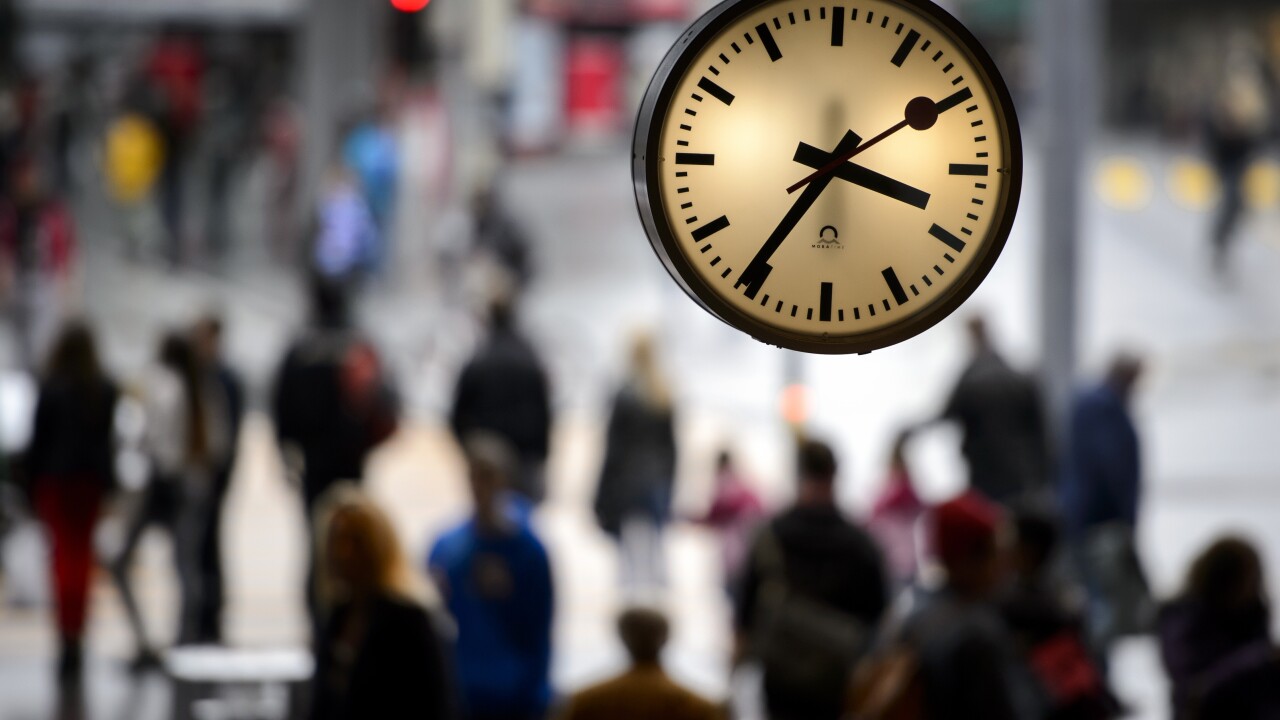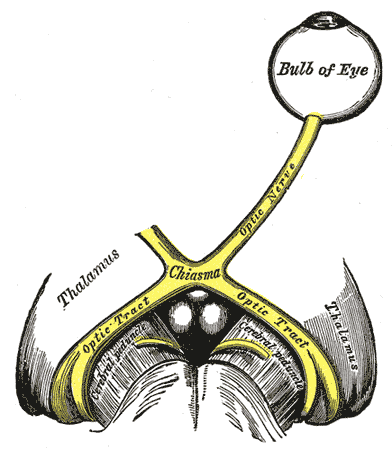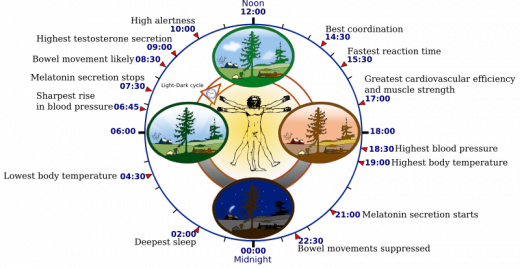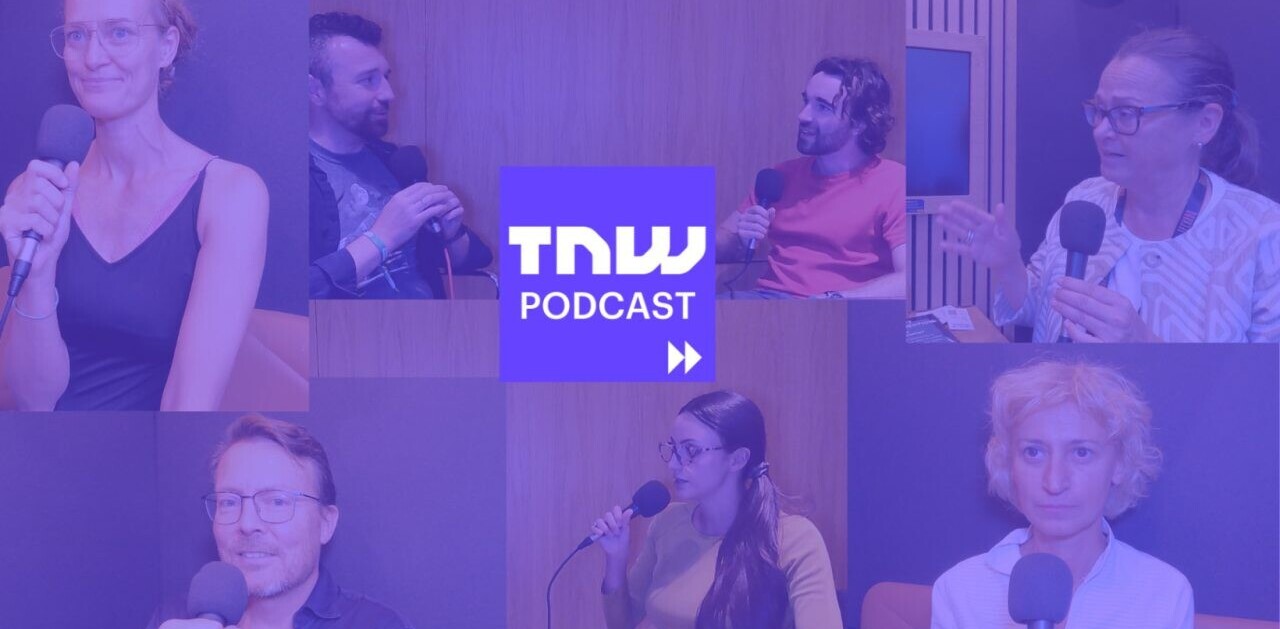
This post originally appeared on the ooomf blog.
“As long as you get your eight hours in.”
I used to hear this phrase a lot.
The thinking is that as long as you put in a set amount of time working (usually at least eight hours or more) you will do well at your job and be successful.
We learned that eight hours of work a day is what we’re supposed to do almost as soon as we step foot into a classroom. School days are eight hours long and classes are usually structured by slots of time rather than what is accomplished in that time.
When you get a job, usually part or all of your pay is based on hours worked.
Since starting ooomf, I’ve made huge strides in how I approach my day to be more productive, but sometimes, I still catch myself looking at the clock, calculating how much time I should be working rather than focusing on what I’m getting done in that time.
On days where I put in less than eight or ten hours of work, I feel a bit guilty, like I’m not pushing hard enough. But, this is the wrong way to think.
At ooomf, we don’t work set hours.
Two of my co-founders prefer to work late into the night while I enjoy starting work early in the day.
Because we have different energy levels at different times, it would be counterproductive for my co-founders to work at 9AM (just like it would be inefficient for me to be working at 2AM).
Granted, there are times when scheduling a time to meet during the day to discuss important matters is needed (and there are many days when we all work through the night), but the importance is our work schedules are rarely managed by a set number of hours; rather, they are guided by our energy levels.
Most importantly, we’ve seen the results of working without a set schedule in the quality of our work, our productivity, and our health.
But, working set hours is typically the norm for full-time professionals, so I wondered where this 40-hour work schedule came from and if there’s any scientific backing as to why we’ve been working this way for almost a century.
How the 40-hour work week came to be
During the Industrial Revolution, factories needed to be running around the clock so employees during this era frequently worked between 10-16 hour days.
In the 1920s however, it was Henry Ford, founder of Ford Motor Company, that established the 5-day, 40-hour work week.

Surprisingly, Ford didn’t do it for scientific reasons (or solely for the health of his employees). Rather, one of the main reasons he came up with the idea to reduce the working hours of his staff was so employees would have enough free time to go out and realize they needed to buy stuff.
In an interview published in World’s Work magazine in 1926, Ford explains why he switched his workers from a 6-day, 48-hour workweek to a 5-day, 40-hour workweek but still paid employees the same wages:
Leisure is an indispensable ingredient in a growing consumer market because working people need to have enough free time to find uses for consumer products, including automobiles. — Henry Ford
So the 8-hour work day, 5-day workweek wasn’t chosen as the way to work for scientific reasons; instead, it was partly driven by the goal of increasing consumption.
Night owls vs. early birds
Your body keeps track of time in a section in your brain called the suprachiasmatic nucleus (or SCN).
This part of the brain is located behind your eye, where the optic nerve fibers cross, which allows your brain to use cues from light in your environment to help you keep track of time:

Light and genetics are the two main factors that help your body tell time, establishing a natural a cycle of energy levels (a circadian rhythm) throughout your day.
Here’s a few of the main events that happen in your body as part of a typical 24-hour biological clock:

The length of your 24-hour cycle may be longer or shorter due to genetics.
If your cycle is a bit longer, you would be considered a night owl but if yours is a bit shorter, you’re most likely an early riser, says Katherine Sharkey, MD, PhD, associate director of the Sleep for Science Research Lab.
Researchers have even pinpointed that the length of a particular gene called Period 3 or “clock gene,” could be largely responsible for your sleep-wake cycle.
Night owls outlast early birds
A typical workday for most of us usually starts at 7AM and ends around 5PM. This lifestyle design really only works well for one type of person. The early riser.
If you prefer working nights (like 44% of women and 37% of men do), then you’re often stuck slugging away at a time when your energy levels are low and your work ultimately suffers.
Because night owls wake up later, they sometimes get a reputation for being lazy because they’re asleep while the rest of the world is hustling.
But, recent research from the University of Brussels suggests that night owls may beat out early birds in the length of time they can stay awake and alert without becoming mentally fatigued.
Researchers conducted a study with “extreme” early or late risers. Early risers awoke between 5AM-6AM while late risers awoke at noon.
The participants spent two nights in a sleep lab where the researchers measured their brain activity, looking at alertness and ability to concentrate.
After ten hours of being awake, the early risers showed reduced activity in areas of the brain associated with attention span and completed tasks more slowly than late risers.
“It’s the late risers who have the advantage, and can outperform the early birds,” said Philippe Peigneux, one of the publishers of the study.
Forcing someone to work early (or late) doesn’t necessarily lead to better results.
A night owl can be just as productive (if not more) than an early riser, they’re simply more productive at a different time.
The importance of taking a breather
Because our bodies were designed to work in rhythms, not for endless hours on end, breaks are often just as important as the work we do.
Research discussed in the landmark book Creativity and the Mind showed that regular breaks significantly enhance problem-solving skills, partly by making it easier for you to go through your memories to find clues.
Focusing only on your work for four or five hours straight limits your chances to make new, insightful neural connections, which won’t help you when you need to be creative.
A few companies have embraced this need to remove work to improve production and creativity.
In his TED talk, graphic designer Stefan Sagmeister explains the importance of time off and why he shuts down his design studio for a year. Sagmeister says this removal of work allows him and his colleagues to gain new perspectives and refresh, ultimately producing better work.
Quirky, a web company is working on an experiment to shut down operations for four weeks every year. Here’s an excerpt from an email Quirky CEO, Ben Kaufman sent to Quirky staff (full email here):
We are going to shut down the entire machine for 4 weeks next year. Instead of running for 52, it will run for 48.
This is a full, mandatory shutdown of all internal activities. Lights out. Deep breath…
Our thesis is centered around the fact that this will lead to better work, more beautiful products, and an emotionally balanced team.
Take a breather not just for creativity (but for your health)
Giving yourself a break not only can benefit your creative juices but also your health.
Dan Buettner, a writer for National Geographic recently assembled a team of researchers to look at three communities around the world that have the longest, healthiest lives on the planet.
In his TED talk, How to live to be 100+, Buettner showcases one of these communities, the Seventh-Day Adventists in California.
The members of the Seventh-Day Adventists must take one day off a week from work completely, no matter how busy they may be.
Buettner points out this opportunity to reconnect with people and the world around them relieves stress and is likely part of the equation for why the Seventh-Day Adventists have five times the number of people who live to be over a hundred than the rest of the country.
4 steps to work-life bliss
I’ve experimented a lot with different techniques to improve the way I work. A couple weeks ago, I tried to not look at a clock for a day and instead, just rely on my energy levels to tell me what I should do (I found it nearly impossible and failed within the first couple hours).
Through trial and failure however, I’ve found a system that has worked wonders for me.
I will continue to try more things to constantly improve the way I work and report my findings, but here’s what I’ve figured out so far that has produced the best work of my career.
1. Write a realistic to-do list
Make a to-do list for the day that has 3-4 major tasks that you want to get done.
Because your days will naturally fill up with other things, David Heinemeier Hansson of 37signals, recommends,
“Plan for 4-5 hours of real work per day.”
Laying out your daily tasks knowing this, helps you create a to-do list that you can consistently complete, rather than one that has too many items and leaves you feeling bad, like you’re constantly falling behind.
2. Create cycles with your work
You probably have lots of different types of tasks to worry about.
To accomplish more of the important things while maintaing balance in your energy levels so you don’t burnout, try breaking your day up like this:
- A creative task. Starting with your most creative or important task before that urgent email pops up will help you feel accomplished. For me, I usually wake up and work a 90-minute session on my most creative task before I feel my brain and concentration start to fatigue.
- An un-timed break. Your break could be 20-minute run, a nap, lunch,or simply doing nothing for a few minutes. This gives you a chance to refresh and regain mental power before starting your next task. By keeping it un-timed, you’re using your energy levels as a guide to when you should start work again, rather than a rigid set amount of time.
- A mundane task. By bulking your mundane tasks together and doing them all at once, you’ll save time. Check all your emails or try to schedule multiple phone calls in a row. This way, when you switch back to a creative task, you won’t have the cloud of a hundred emails hovering over your head.
- Another un-timed break.
- Repeat. Try going through this cycle three to four times in a day.
3. One day with no work
Steve Blank, the pioneer of the Lean Startup Movement uses a Date Night every week to remove from work completely. My fiance and I do this same thing.
One night a week, we have a planned time where we spend time not talking about any work (no checking of iThings allowed).
Try removing work completely for a day.
When you return to work the next day, you’ll probably feel inspired and driven, helping to keep distractions at bay.
4. Find a true metric to measure your tasks
It’s easy to count hours but not so easy to figure out another way to measure the work you do that encompasses the true goal of what you’re producing.
For example, it’s easy to measure how many hours you wrote today but what is the goal of your writing?
Is it to simply get your thoughts down? Then maybe you should be measuring how many days in a row you are writing.
Is it to grow your audience so people purchase what you’re selling? Then maybe you should track the sales that result from each blog post you write rather than the number of posts you write.
Track your progress using one of these metrics and your mindset may shift from “I worked x hours to do this thing” to “I did this thing and it produced x results.”
This system is hard to maintain because a lot of things in the world are designed to steal your attention and I’ve found myself falling into the busy trap once in a while.
But, if you give it a shot (even just for a day or a few hours), you may uncover one of the most productive ways you’ve ever worked, like I did.
If you work at a company that requires you to be there for a set number of hours I’m not saying you should quit or that it’s a bad gig.
The important thing to remember is it’s not about the amount of hours you work, but what you do in those hours that counts.
Don’t miss: Why entrepreneurs are obsessed with failures
Get the TNW newsletter
Get the most important tech news in your inbox each week.




